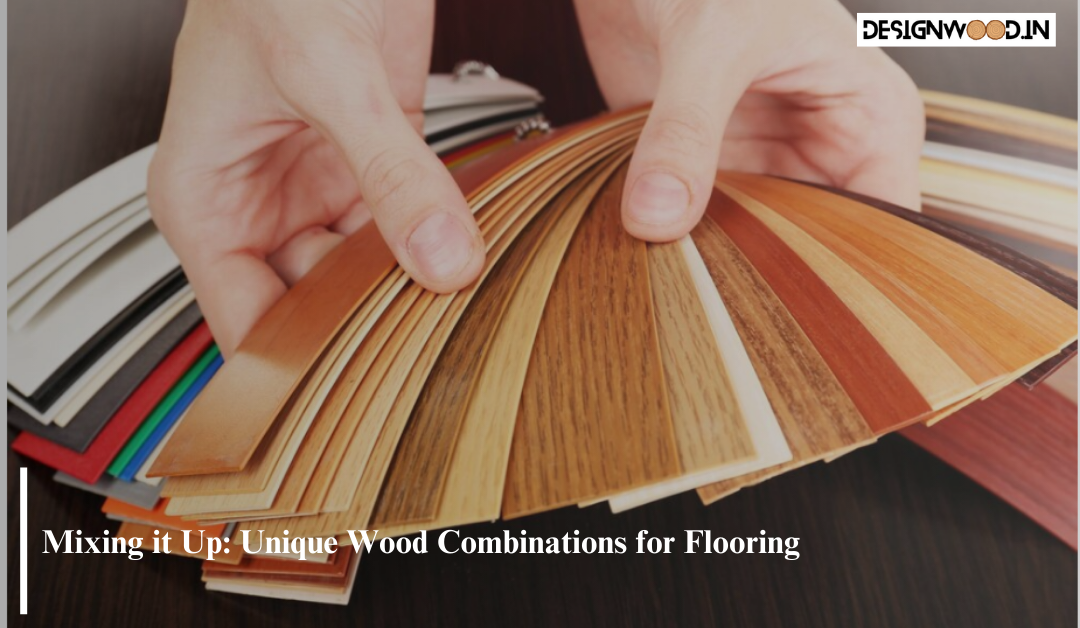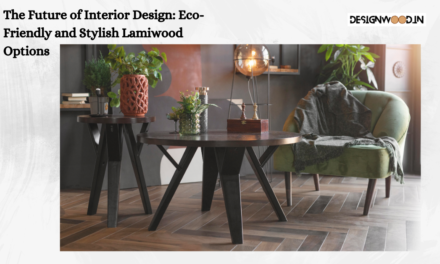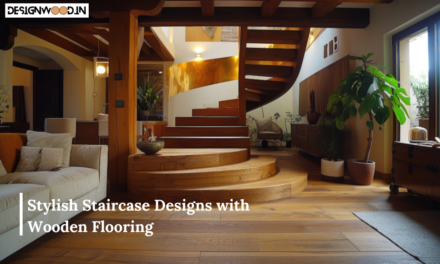When it comes to flooring, wood reigns supreme for its timeless appeal and versatility. However, instead of sticking to conventional options, why not explore the world of unique wood combinations? Mixing different wood species, colors, and textures can result in striking wooden flooring design that elevate the aesthetic of any space. Let’s explore some innovative combinations to inspire your next flooring project.
Contrasting Hues
One of the most visually captivating approaches is to combine wood species with contrasting hues. For instance, pairing light oak with dark walnut creates a dynamic interplay of colors that adds depth and dimension to the flooring. This contrast can be further accentuated by alternating between wide and narrow planks or arranging them in intricate patterns like herringbone or chevron.
Mixed Width Planks
Embrace the beauty of asymmetry by incorporating mixed-width planks into your flooring design. By combining varying widths, you can achieve a more organic, rustic look that mimics the randomness of nature. This approach works particularly well in country-style homes or cabins, where imperfections are celebrated, and each plank tells its own story.
Textural Variety
Incorporating different wood species with varying textures adds tactile interest to the flooring. Combine smooth, polished planks with rough-hewn ones to create a sensory experience that engages both sight and touch. This eclectic mix of textures not only enhances the visual appeal of the floor but also creates a unique ambiance that exudes warmth and character.
Geometric Patterns
For those with a penchant for bold design statements, geometric patterns offer endless possibilities for creativity. Experiment with intricate inlays, parquet designs, or geometric motifs to create focal points within your space. Whether you prefer classic herringbone flooring or modern hexagonal patterns, incorporating diverse wood species can elevate the design to new heights of sophistication.
Harmonious Blends
While contrast and diversity can make a bold statement, harmonious blends of complementary wood species can achieve a more subtle yet equally captivating effect. Choose woods with similar grain patterns or tones that harmonize seamlessly to create a cohesive, unified look. This approach works well in contemporary interiors, where simplicity and understated elegance reign supreme.
Conclusion
By exploring unique wood combinations for flooring, you can unleash your creativity and transform your space into a captivating work of art. Whether you prefer contrasting hues, mixed textures, geometric patterns, or harmonious blends, the possibilities are endless. Embrace the beauty of natural materials and let your imagination run wild as you design a floor that is as unique and individual as you are.





